Liquid Asset
A resource that holds an economic value for an individual, corporation, or even the government and is expected to provide future economic benefits to the holder.
Liquid asset refers to a resource that holds an economic value for an individual, corporation, or government. It is expected to provide future economic benefits to the holder of the asset within a period of 90 days.

Such resources are classified as assets on the company’s balance sheet, and assets can broadly be classified as tangible and intangible assets. These resources are bought in the open market or created within the firm to generate value for the organization.
An increase in cash flow, reduction in operating expenses, and sales boost are some of the important benefits that an asset can bring to the table for an organization.
Tangible assets can be defined as the assets that can be physically seen or touched, and these assets are furthermore divided into subcategories, i.e., current assets and non-current assets. Example of physical assets includes machinery, equipment, and inventory.
On the other hand, intangible assets are the ones that cannot be seen or touched and are generally the type of assets that the firm can acquire from the market. Examples of intangible assets include patents, goodwill, licenses, trademarks, and copyrights.
Moreover, another class of assets can be defined as financial assets, which are basically the sources of funding for the organization. Examples of financial assets include cash, stocks, bonds, and marketable securities owned by the individual or the organization.
understanding the concept
These assets refer to the type of assets that can be converted into cash quickly. Assets such as cash, money market securities (commercial paper, T-bills), and other marketable securities can be classified as liquid assets.
Although the concept of cash equivalents is somewhat similar to current assets, these assets have higher liquidity than that current assets. For this reason, inventory is not included in these assets as it is not converted into cash easily.
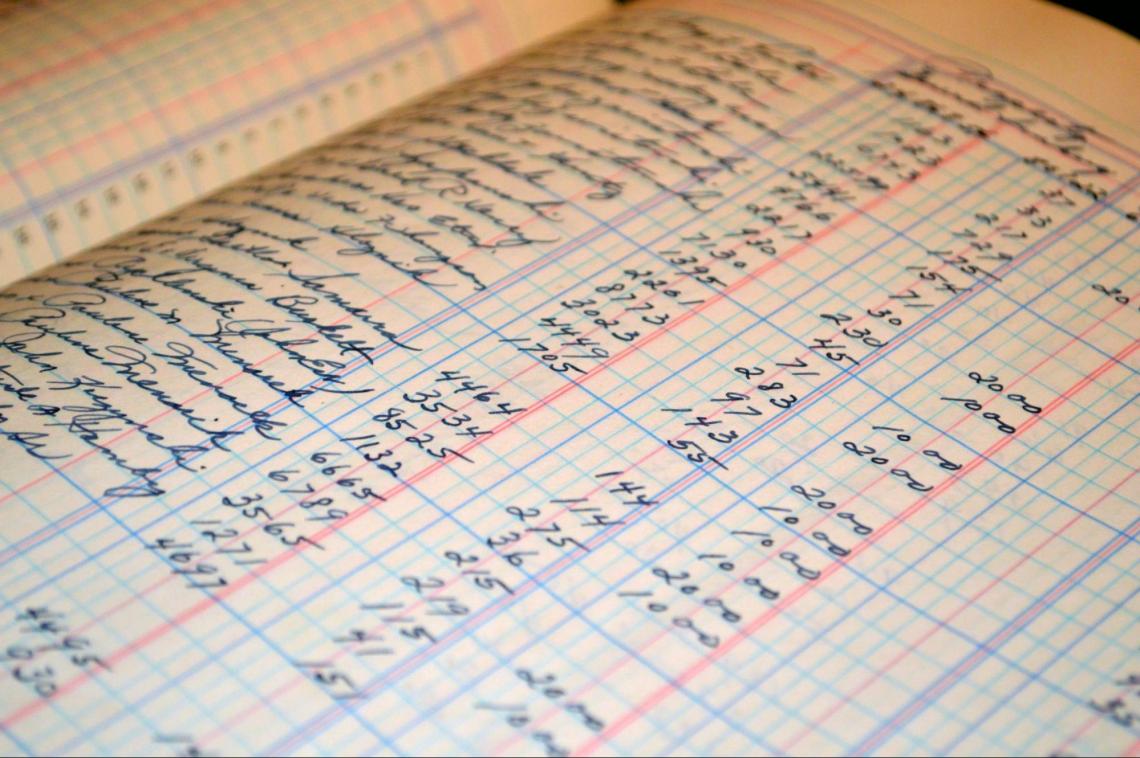
However, the company’s liquid assets are listed under the current assets heading on the balance sheet. The formula for calculating can be shown as follows:
Liquid Assets = Current Assets - Inventories - Prepaid Expenses
As the name suggests, these assets have very high liquidity, and the marketplace for such assets has high demand and security. Consequently, the market for such resources includes many buyers and can be characterized by ease and security in the transfer of ownership.
Cash and cash equivalents (money market and marketable securities) are considered the most highly liquid assets, implying that they can be converted to cash very easily and quickly.
Moreover, all these assets are also part of the organization's current assets, as the benefits of these resources are realized within a year (12 months).
What are the Types?
The different types listed on a firm’s balance sheet are as follows:
1. Cash and Cash Equivalents
Cash is considered the most liquid asset on the balance sheet as it is already in the form of money. The category of cash includes cash in hand and cash at the bank, which includes savings and checking account balances.

On the other hand, cash equivalents are low-risk and low-maturity investment instruments that can easily be converted into cash quickly. Money market instruments like commercial paper can be classified as cash equivalents.
Different money market instruments can be classified on the basis of their liquidity and maturity duration, but most mature in a short time, for example, 30 days.
2. Marketable Securities
Marketable securities are those financial instruments with high liquidity and shorter maturity periods. As a result, these financial instruments can easily be traded on the market and converted to cash quickly.

Examples of short-term marketable securities include shares, ETFs, index fund investments, and even bonds. However, their maturity duration needs to be less than 90 days to classify these instruments as liquid assets.
Accounts receivable refers to the money that is owed to the organization. These are generally generated from the invoices of credit sales, and the accounts receivables, at times, are also displayed as debtors on the balance sheet.

Credit sales invoices are generally prepared with a period ranging from 30 days to 6 months. This is why accounts receivables are classified as such assets, as the money is expected to be received within a year.
However, the company sometimes cannot receive the money the debtors owe it. In such cases, those receivables tend to go uncollected and are classified as bad debts.
To tackle this problem, the firm creates a contra-asset allowance for doubtful debts, which tends to reduce the accounts receivable by the amount the firm thinks it will not be able to recover from its debtors.
How to Do Ratio Analysis Using Liquid Assets?
The most common ratio calculated by accountants of an organization using the firm's liquid assets is the liquid ratio. The liquid ratio measures how quickly the firm can pay off its short-term debt by utilizing its short-term assets.
The most readily used liquidity ratios are quick ratio, current ratio, and days in outstanding sales. Such ratios focus on the organization's short-term financial health and stability.

The quick ratio, also known as the acid-test ratio, is used by company accountants to measure how quickly the firm will pay off short-term debts by using its most liquid assets, such as cash and cash equivalents.
The two different formulas for calculating quick ratio can be expressed as follows:
![]()
![]()
The two formulas are essentially the same as both tend to ignore the organization's inventories, as inventory isn’t considered the firm’s most liquid short-term asset.
The ideal quick ratio is supposed to be 1:1. A very high liquid ratio implies that the firm has a lot of such assets that they are not using efficiently and not working at maximum efficiency.
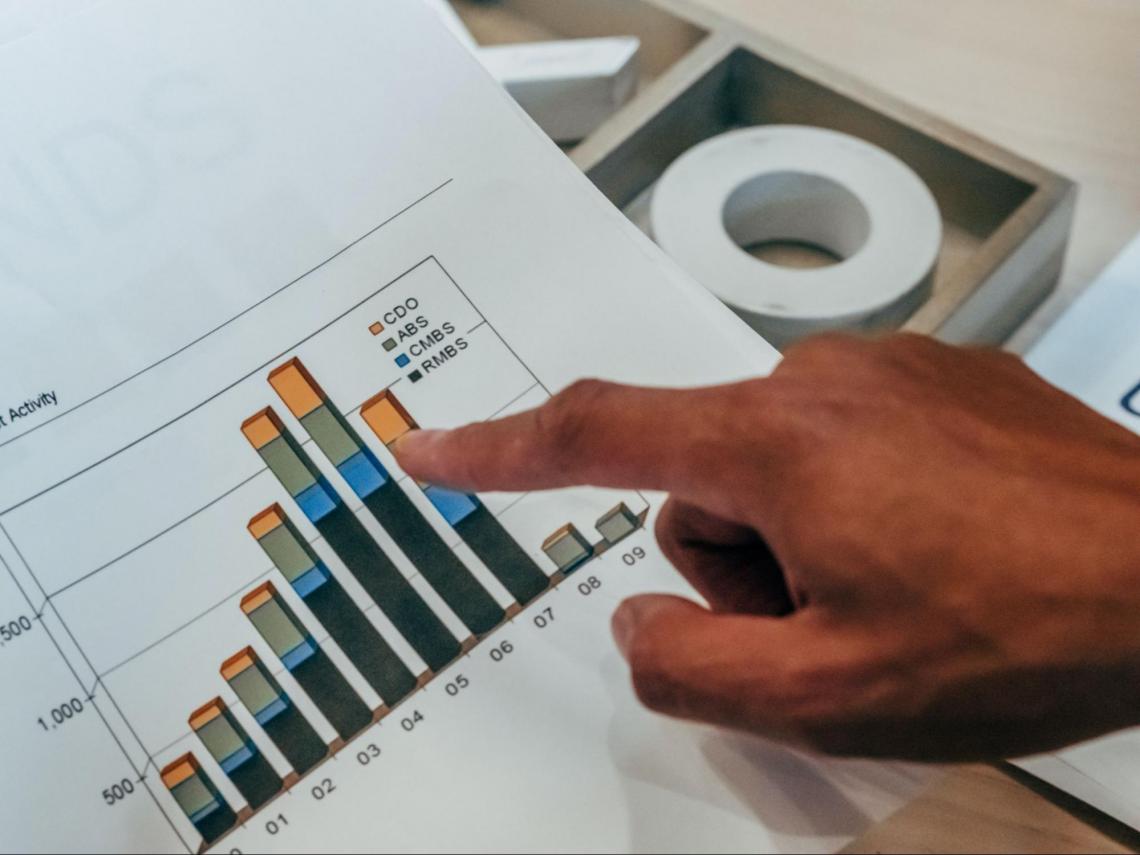
On the other hand, a quick ratio lower than one implies that the firm has too much short-term debt in its capital structure and does not have enough short-term assets to pay off that debt.
Let us consider an example of Company X with current assets worth $200,000, inventories worth $40,000, and current liabilities worth $160,000.
In this case,quick ratio = 200,000 - 40,000/ 160,000 = 1:1
A quick ratio of 1:1 implies strong short-term financial health for the organization.
What are the Advantages of Short-Term Assets?
The advantages of owning cash equivalents can be listed as follows:

1. Lower Risk
Since short-term assets have high liquidity and short maturity periods, these assets can be sold quickly and easily in the market.
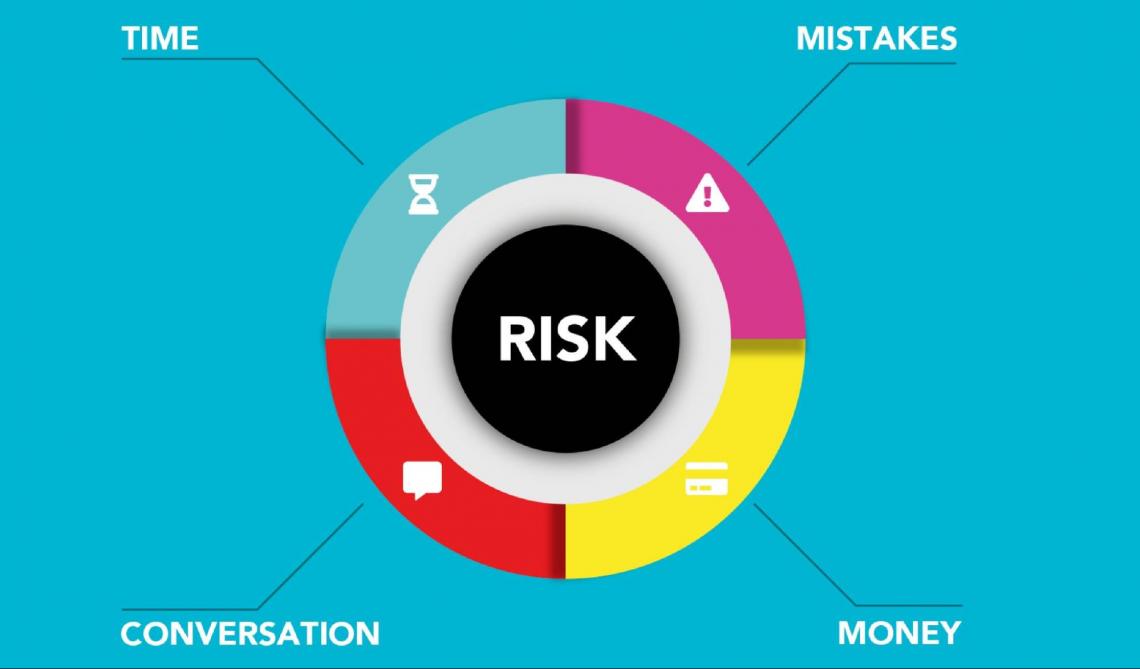
Unlike non-current assets with lower liquidities, cash equivalents can easily be sold at fair prices in the markets during uncertain economic cycles. In such cases, fixed assets are generally sold at losses, i.e., values lower than market value.
Moreover, short-term assets like Savings Accounts help an investor to keep their money safe during financial crises due to the credit backing of the central/state governments.
2. Improves Credit Rating
The presence of short-term assets on a company’s balance sheet or an investor’s portfolio can improve the investor's financial profile.

Suppose an investor wishes to apply for a mortgage or a car loan. The presence of cash equivalents on the investor’s balance sheet in such cases indicates that the person will not have difficulties in paying off the principal and interest payments.
Moreover, in many cases, the lenders might hold the borrower’s short-term assets for a period, say 3-6 months, as collateral. Thus, short-term assets improve a person’s financial health and stability.
3. Easier to Deal with Emergency Situations
The most important benefit of holding cash and cash equivalents is that it helps to keep cash in hand, ready to be used whenever needed.

Since emergencies tend to arise without warning, owning such assets helps to deal with such situations easily and without panic, and these short-term assets can be sold during those times at fair market prices.
However, fixed assets like real estate cannot be sold very easily, making it necessary for investors to hold short-term assets to deal with shocks.
4. Investment Benefits
Short-term assets like marketable securities provide great investment benefits to an investor. This is because these assets possess high liquidity, short-term duration, and low-risk attributes.

As a result, investors can use these investment options to diversify their portfolio risk, and such instruments can easily be converted into cash if the need arises.
What are the Drawbacks of Short-Term Assets?
Although short-term assets have several advantages, such as high liquidity and low risk, there are several disadvantages of owning such assets, and these drawbacks are explained as follows:
1. Fluctuations in Market Prices
Although short-term assets offer high liquidity to the holder during uncertain periods, holding too many assets as cash equivalents can be disadvantageous as they are subject to price fluctuations.
Due to the short-term maturity, the value of these assets can significantly change due to changes in market prices. For example, if an investor invests the majority of his funds in short-term stocks and bonds.
A sudden drop of 20% in the financial market due to unforeseen circumstances can result in a steep decline in the value of liquid assets. Fixed assets, in such cases, are more secure as their value doesn’t fluctuate too much in the short run.
2. Lack of Flexibility
Owning excess short-term assets reduces the flexibility in pricing for the investor, and the fair value of these assets generally does not reflect what they are worth.
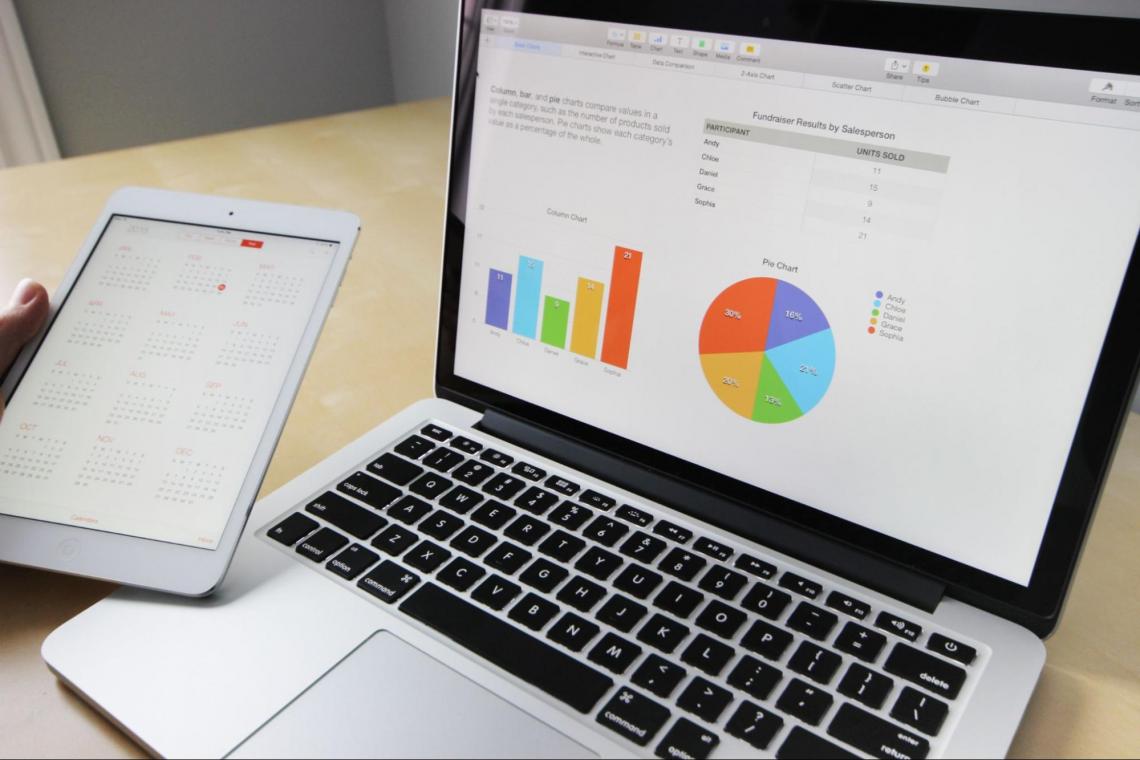
For example, an investor who wishes to buy a certificate of deposit (COD) from a bank that offers a return of 2% will have to buy the instrument at that specific rate and cannot negotiate to get a better rate of return, say, for example, 3%.
However, in the case of fixed assets, transactions require more time and negotiation, allowing the investor to obtain the asset at a lower price than he had hoped to pay.
3. Lower Returns
Since these assets are generally held for a shorter duration and at lower risk, short-term assets offer a low rate of return as compared to other assets with longer maturity.
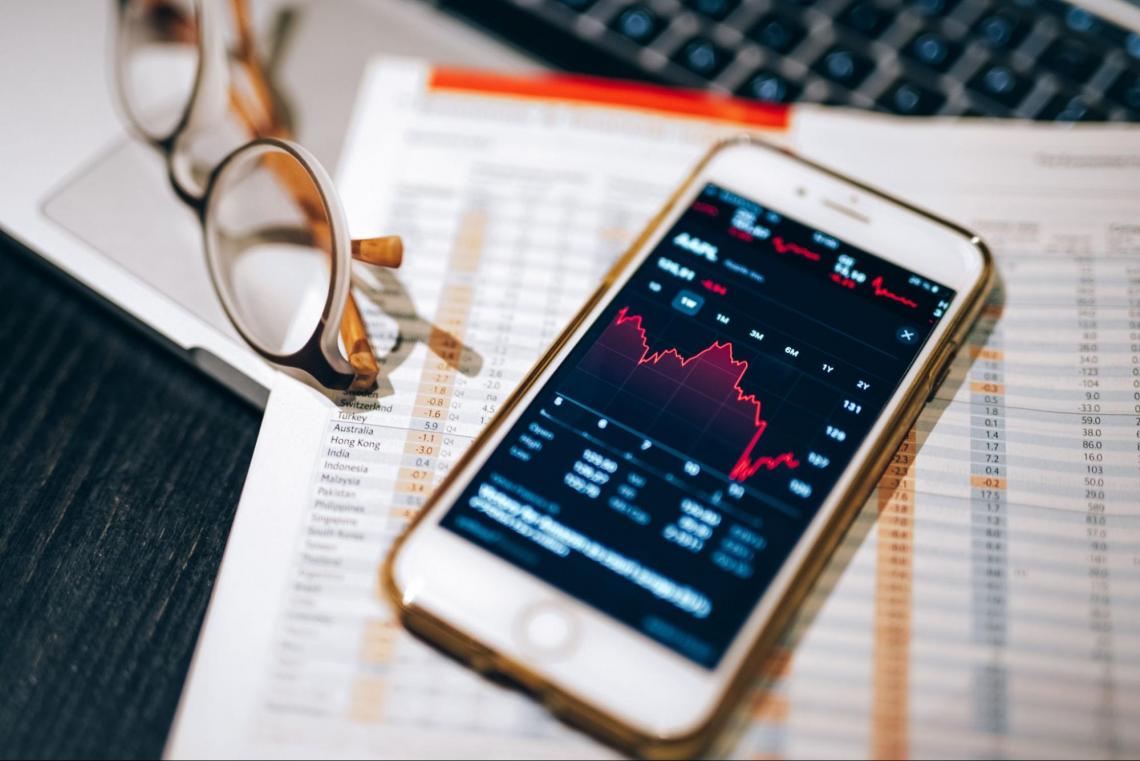
As a result, investing a high portion of funds in short-term assets blocks the investor's funds in investment options with lower returns. The investor thereby loses the opportunity to earn higher returns.
What is the difference between the Current Ratio and the Quick Ratio?
Although all liquid assets are generally listed as short-term or current assets on an organization's balance sheet, the key difference between the two types of resources lies in the maturity duration of the asset.

Current assets are generally those assets of an organization that tends to provide future economic benefits for the next 12 months. In contrast, cash and cash equivalents are the ones that tend to be converted into cash within a period of 90 days.
Moreover, inventory and prepaid expenses are the two types of current assets that are not considered the firm’s most liquid assets, as these assets cannot be easily converted into cash.
Inventories can be sold later but within the 12-month period, and prepaid expenses can also provide benefits in the next accounting period. As a result, these two assets are not considered while calculating the firm’s liquid ratio.
Furthermore, a firm's current ratio should ideally be 2:1, whereas, on the other hand, an ideal quick ratio is supposed to be 1:1. Both ratios are equally important to measure the firm’s short-term liquidity.
Therefore, not focusing on one specific ratio and using a combination of these ratios is the tactic all accountants should apply to have a clearer picture of the firm’s financial position.
Researched and authored by Mehul Taparia | LinkedIn
Free Resources
To continue learning and advancing your career, check out these additional helpful WSO resources:




or Want to Sign up with your social account?